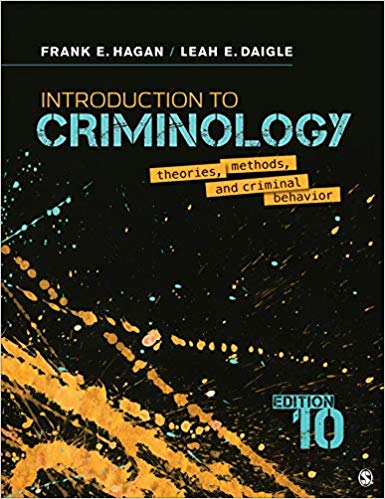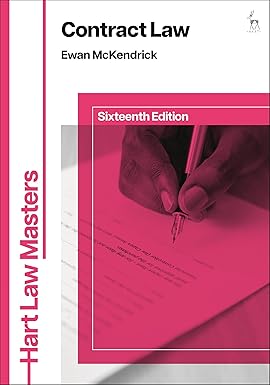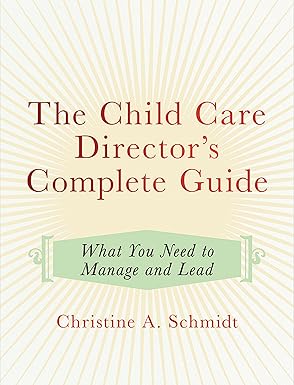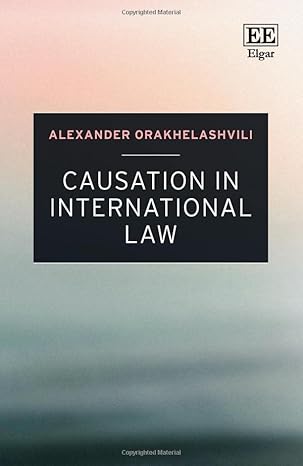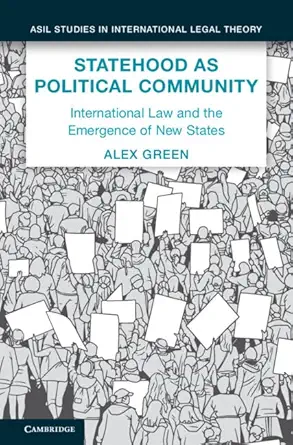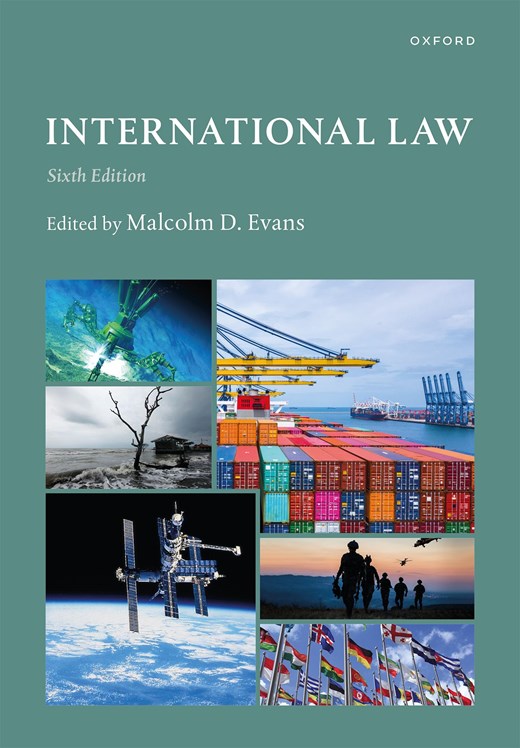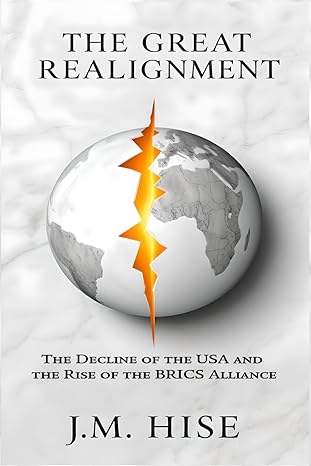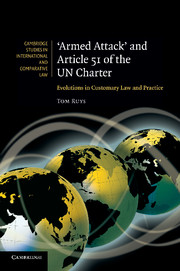Introduction to Criminology, Tenth Edition, is a comprehensive introduction to the study of criminology, focusing on the vital core areas of the field―theory, method, and criminal behavior. With more attention to crime typologies than most introductory texts, authors Frank E. Hagan and Leah Elizabeth Daigle investigate all forms of criminal activity, such as organized crime, white collar crime, political crime, and environmental crime. The methods of operation, the effects on society and policy decisions, and the connection between theory and criminal behavior are all explained in a clear, accessible manner.
New to the Tenth Edition:
- New "Applying Theory" scenarios are included with the theory chapters in Part II. These application exercises encourage critical thinking by asking you to use criminological theory to explain the criminal behavior of Aileen Wuornos.
- Updated "Crime and the Media" boxes highlight the effect that the media has on public perception of crime. New topics include the #MeToo movement, media coverage of the opioid crisis, popular shows like Breaking Bad and The Wire, online dating fraud, and cyberbullying.
- Over 170 new "Learning Check" questions and answers have been added throughout the book to help you review your understanding of key concepts and increase reading comprehension.
- Examination of important new topics, like what works in criminology, the relationship between immigration and crime, the impact of neuroscience and genetic studies on criminology, recent shootings and terrorist attacks, and the continuing battle between over-criminalization and under-criminalization, deepens your understanding of the field.
- Updated figures, tables, and statistics throughout the book ensure that you have access to the most current information available.
چکیده فارسی
مقدمه ای بر جرم شناسی، ویرایش دهم، مقدمه ای جامع برای مطالعه جرم شناسی، با تمرکز بر حوزه های اصلی حیاتی این رشته - نظریه، روش، و رفتار مجرمانه. نویسندگان فرانک ای. هاگان و لیا الیزابت دایگل، با توجه بیشتر به گونهشناسی جرم نسبت به بسیاری از متون مقدماتی، همه انواع فعالیتهای مجرمانه، مانند جنایت سازمانیافته، جنایت یقه سفید، جنایت سیاسی، و جرایم محیطی را بررسی میکنند. روشهای عملیات، تأثیرات آن بر جامعه و تصمیمگیریهای خطمشی، و ارتباط بین نظریه و رفتار مجرمانه، همگی به شیوهای روشن و قابل دسترس توضیح داده شدهاند.
جدید به نسخه دهم:
- سناریوهای جدید "کاربرد تئوری"همراه با فصول تئوری در قسمت دوم گنجانده شده است. این تمرینهای کاربردی با درخواست از شما برای استفاده از نظریه جرمشناسی برای توضیح رفتار مجرمانه آیلین وورنوس، تفکر انتقادی را تشویق میکنند.
- جعبه های به روز شده "جنایت و رسانه" تأثیر رسانه ها را بر درک عمومی از جرم نشان می دهد. موضوعات جدید عبارتند از جنبش #MeToo، پوشش رسانهای بحران مواد افیونی، نمایشهای پرطرفدار مانند Breaking Bad و The Wire، تقلب در قرار آنلاین، و آزار و اذیت سایبری.
- بیش از 170 پرسش و پاسخ جدید "Learning Check" در سراسر کتاب اضافه شده است تا به شما کمک کند درک خود را از مفاهیم کلیدی مرور کنید و درک مطلب را افزایش دهید.
- بررسی موضوعات مهم جدید، مثل آنچه در جرم شناسی کار می کند، رابطه بین مهاجرت و جرم و جنایت، تاثیر علوم اعصاب و مطالعات ژنتیکی بر جرم شناسی، تیراندازی ها و حملات تروریستی اخیر، و ادامه نبرد بین جرم انگاری بیش از حد و جرم انگاری کمتر، درک شما از این زمینه را عمیق تر می کند.
- اشکال، جداول و آمار به روز شده در سراسر کتاب تضمین می کند که شما به جدیدترین اطلاعات موجود دسترسی دارید.
ادامه ...
بستن ...
Ebook details:
عنوان: Introduction to Criminology: Theories, Methods, and Criminal Behavior
نویسنده: Frank E. Hagan, Leah E. Daigle
ناشر: SAGE Publications, Inc; Tenth edition (January 16, 2019)
زبان: English
شابک: 154433902X, 978-1544339023
حجم: 23 Mb
فرمت: Epub + Converted pdf
ادامه ...
بستن ...
